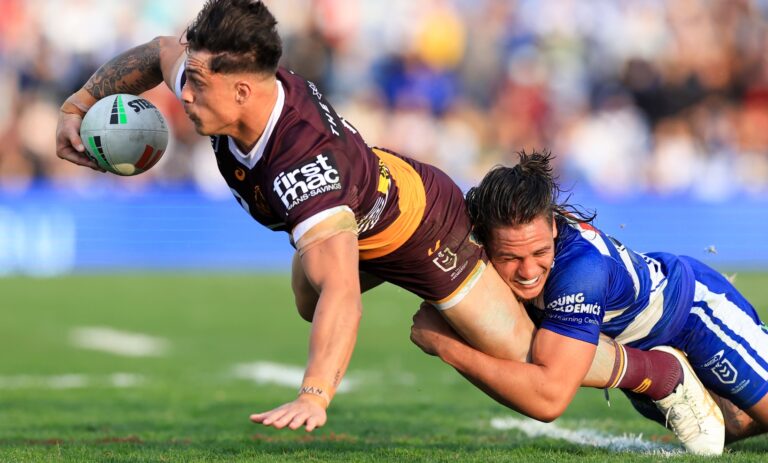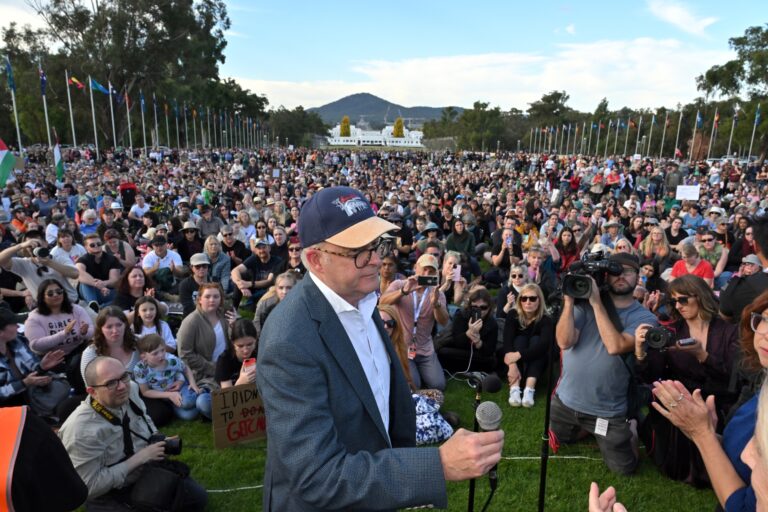
Victory at Sea – death and mayhem on Sunday afternoon TV

Our next door neighbours were the first people in Edgar Street, Strathfield to own a television set. I remember being invited in to look at the latest miracle of modern technology probably late in 1956 or early ’57.
Their set was housed in an impressive piece of joinery and it had little doors on the front. When they were closed it looked like a traditional piece of furniture rather than something new that didn’t know how to fit in.
The neighbours were in at the beginning. Mainstream professional television was launched on 16 September, 1956 in Sydney. The new medium was introduced by Bruce Gyngell with the words,”Good evening, and welcome to television.”
Our neighbours were a childless couple. He’d apparently made a lot of money by travelling around south-east Asia buying up equipment the US Army had stockpiled and then abandoned in warehouses in exotic locales like Indonesia (which was apparently a place somewhere north of us that the Dutch had until recently owned) and selling it in Australia. Stuff like Jeeps and bulldozers.
He must have made an awful lot of money because he actually offered to buy us a TV, knowing that dad had pretty severe medical problems as a result of his war service. Dad politely declined.
My parents bought a set made by the venerable British manufacturer Pye, a few months later. The cathode ray tube and cloth-fronted speaker were housed in a glossy plywood cabinet stained a gaudy rosewood colour. For some reason my parents were big on rosewood.
The set was a major investment – the sort of investment that required a lot of dispute and fiscal recalculation. In 1956 a TV cost between 200 and 300 guineas (a guinea was £1 and 1 shilling, and for some obscure reason, related no doubt to prestige, art objects and furniture were usually priced in guineas rather than pounds). At the time the average weekly earnings for a man was £25 (women, if they could get work at all, earned much less) so that a TV cost somewhere between nine and 13 weeks pay for the average male worker.
TV was a whole new medium that had somehow to be filled with content. In the early days most programs were popular radio formats but with pictures. There were a lot of musical varieties and quiz shows – formats long established on radio. The new TV stations just did the same gigs, but live, in front of a camera, because they couldn’t prerecord except on film. They also put lots of old movies to air, which was cheap and easy.
My most vivid memory of early TV is Victory at Sea. This was a mammoth, US-produced, 26-part, half-hour historical documentary series on naval warfare in the Second World War. It ran on Sunday afternoons and it was gripping stuff. I remember what seemed like endless hours of footage – shot by insanely heroic cinematographers on American warships – of Japanese kamikaze pilots flying into a wall of anti-aircraft fire. Mostly they’d die hopelessly, a few hundred metres short of the target. Occasionally they’d get through and explode against the ship. And there was lots of footage of crippled US aircraft coming in to land on heaving carriers, pancaking down, and slewing wildly across on the deck in a shower of sparks, and of great battleships wallowing in the monstrous seas of the North Pacific.
I have a personal theory that in Blade Runner, the dying replicant, Roy Batty’s, famous soliloquy,
“I’ve … seen things you people wouldn’t believe … Attack ships on fire off the shoulder of Orion. All those moments will be lost in time, like tears in rain. Time to die …” was probably inspired by the footage from Victory at Sea, images that burned themselves into the consciousness of a generation.
Every Sunday afternoon, in the year that Victory at Sea went to air on the ABC, the whole family, including pets – the dogs, the galah, and Bun the white rabbit, plus a few of the neighbourhood kids who didn’t yet have TV – would all crowd on the lounge or sprawl across the rug and sit through a gruelling half-hour of high-tech death and mayhem. Victory at Sea was simply the best show in town. The animals were there mostly because we were there, but strangely, the only one who actually took any interest in what was going on on the screen was the rabbit, who could lie, fascinated, in front of the TV, all by himself.
In 1956 when the first programs went to air, around one per cent of Sydneysiders owned a set. But an astounding five percent of Melbournians did. I think that’s something to do with people staying at home more because of Melbourne’s terrible weather. But in both cities, within ten years, 95 per cent of households had a TV. Over the next few years suburban cinemas closed down all over Sydney.









